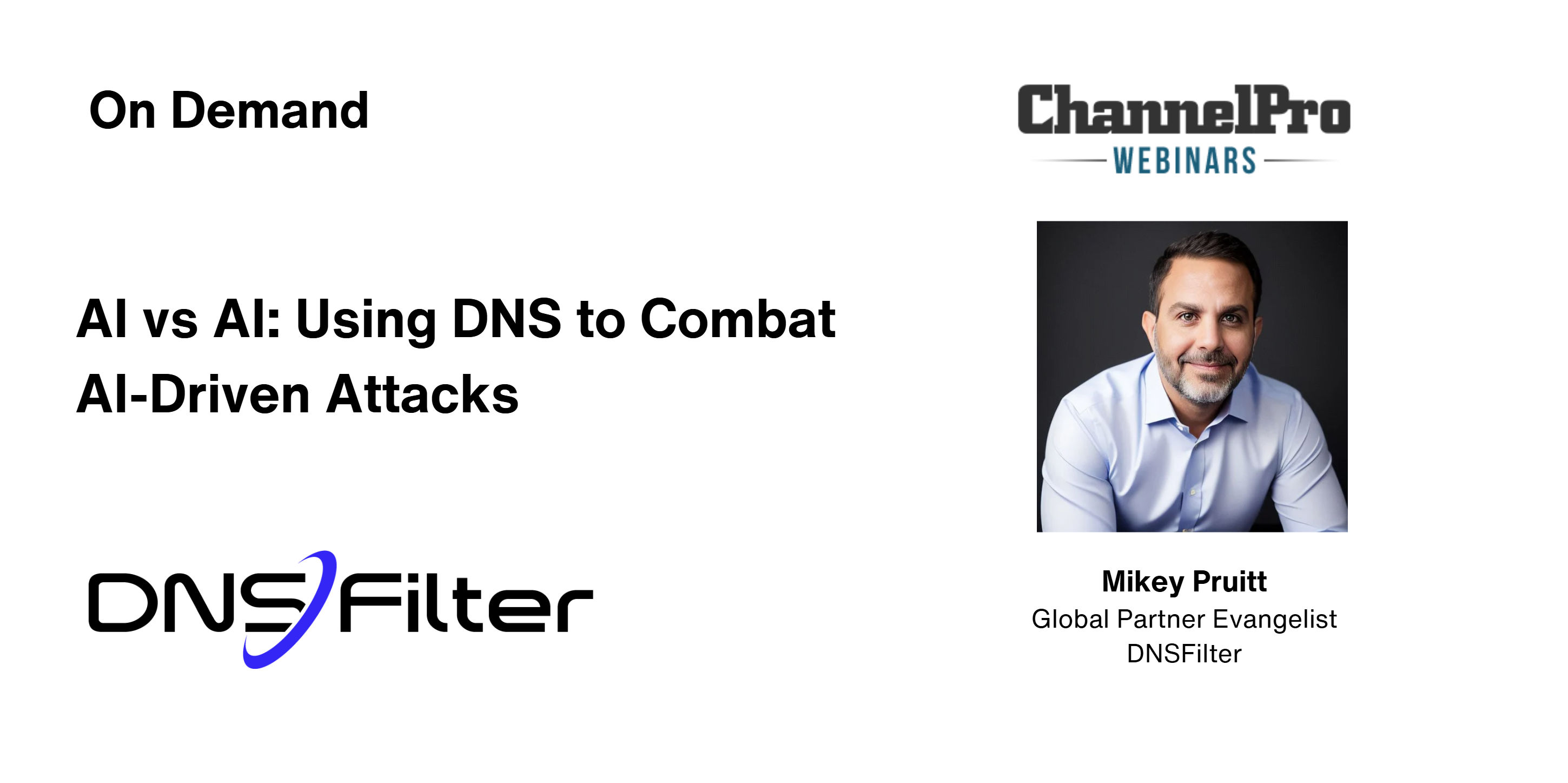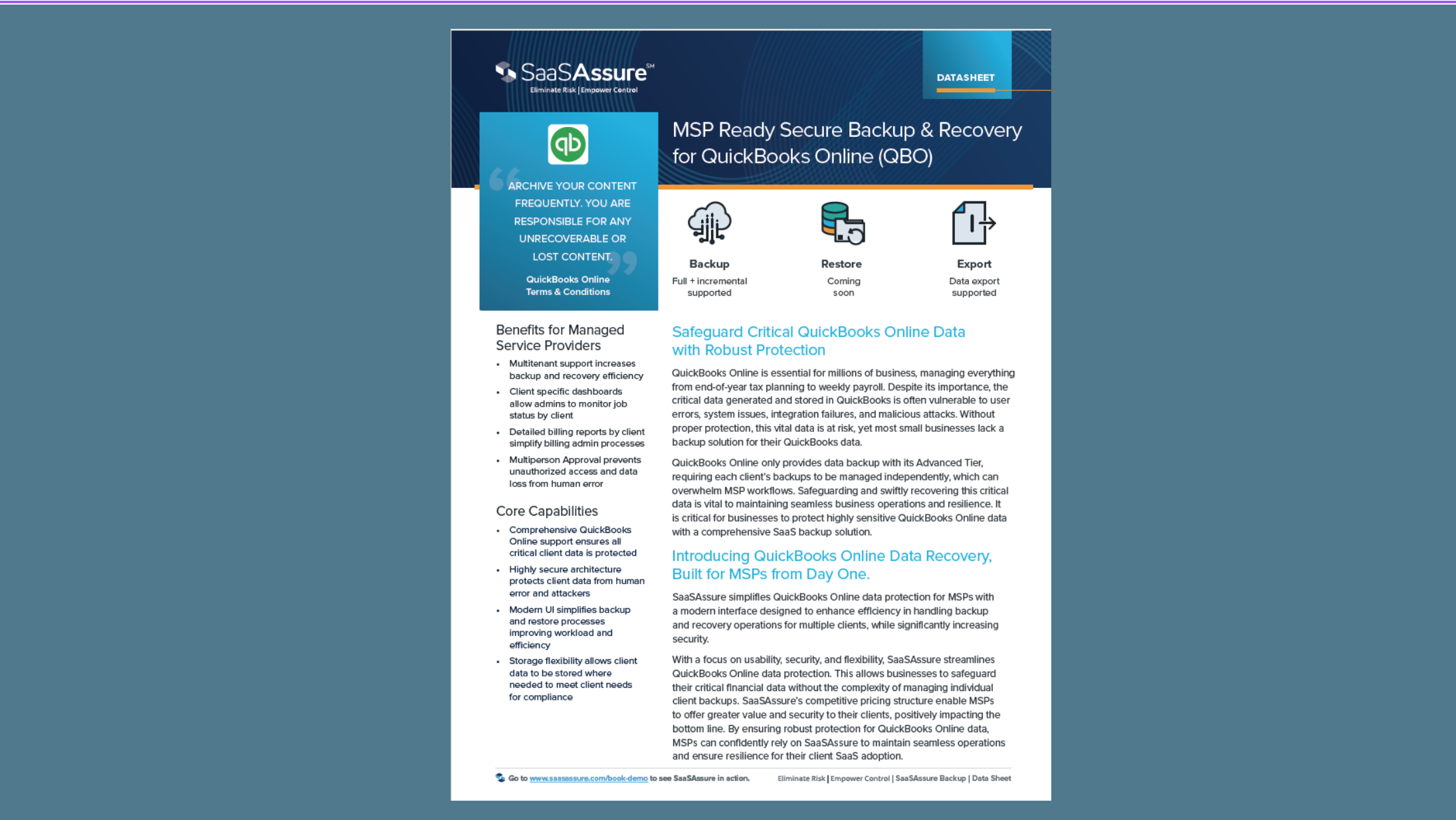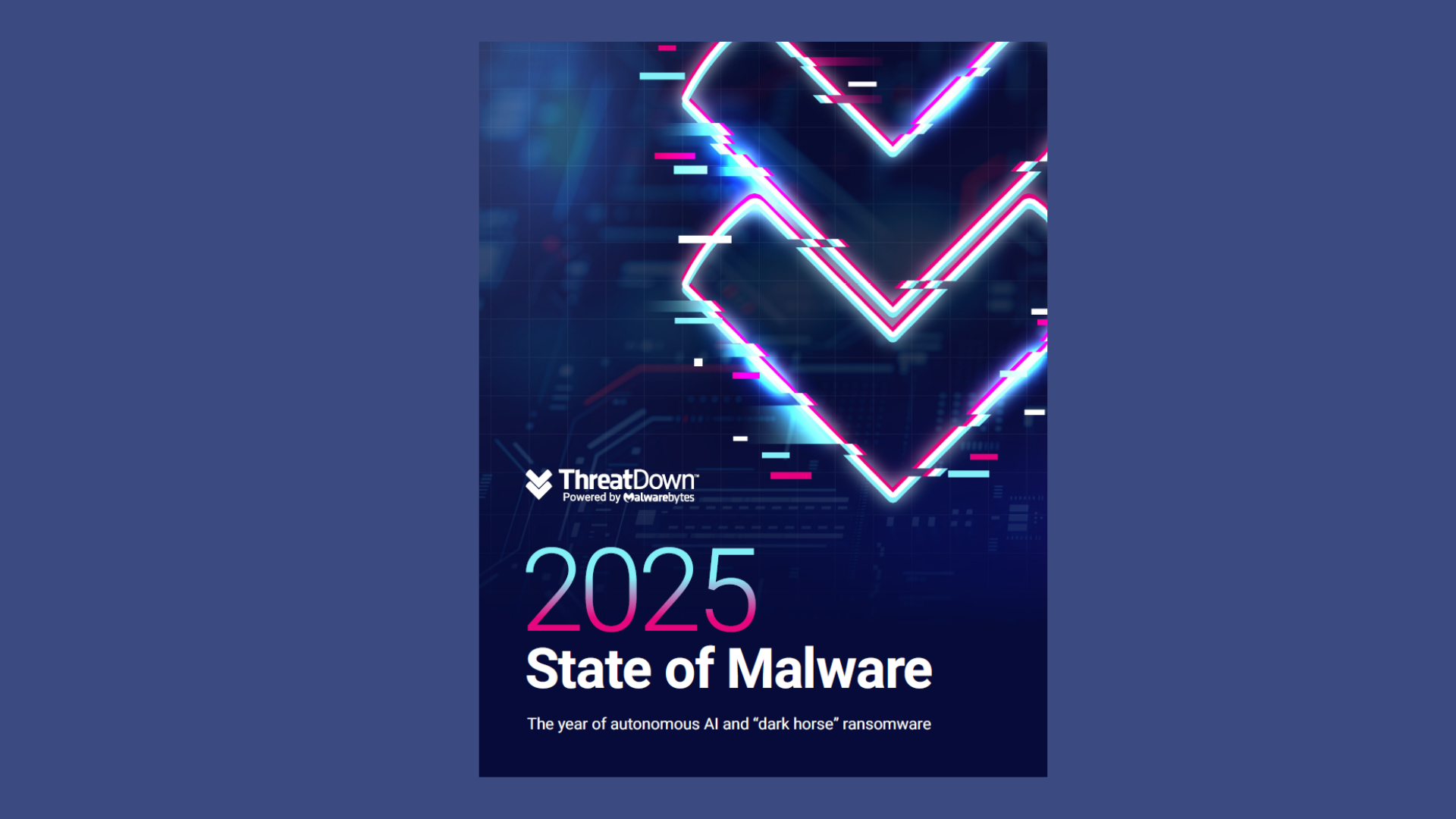YOU’VE GOT ABOUT 13.5 billion reasons to consider IoMT, the Internet of Medical Things. That’s how many dollars were spent on connected healthcare in North America in 2020, and that number will only grow, according to a report by Fortune Business Insights. Whether it’s referred to as IoMT, healthcare IoT, or Internet of Healthcare Things (IoHT), call it a ripe opportunity to grow your own business as adoption soars throughout the medical industry.
Multiple converging trends are driving IoMT adoption. Federal initiatives such as the Food and Drug Administration’s Digital Health Center of Excellence, launched in 2020, aim to accelerate digital healthcare adoption. At the same time, a COVID-accelerated decline in primary and specialty healthcare workers has increased reliance on technology, says David Le Penske, director of Healthcare and LifeSciences at Insight Digital Innovation, a global IT services and consulting firm headquartered in Tempe, Ariz. Meanwhile, at home, healthcare has become “consumerized,” as patients expect it to mimic the other services they use via devices and wearables.
Today’s healthcare providers are also less skeptical toward connected medical devices, says Halina Batsishcha, medical doctor and healthcare IT consultant at ScienceSoft, an IT consulting and software development company in McKinney, Texas. Connected devices allow them to do a lot:
- Perform diagnostic imaging using chip-enabled “smart pills”
- Improve asset, inventory, and drug management
- Reduce infectious disease transmission
- Monitor patients’ vital signs and analyze data in real time
- Monitor chronic illnesses such as diabetes and hypertension
- Improve medicine use at home with smart pills and smart pillboxes
- Monitor patients recovering at home
These technologies also appear to fulfill some of the perpetual promises of healthcare tech; namely, increasing patient engagement and quality of care, while decreasing overload on the clinicians, says Batsishcha. Many also reduce costs.
But it’s not all new tech. The average hospital bedside has 12 connected devices. In many cases, IoMT means upgrading bedside staples such as heart monitors with Bluetooth and/or internet connections so they can be monitored at a distance.
Also not new is one of integrators’ biggest hurdles: interoperability.
“The main challenge for the healthcare IT industry lies in the interoperability of connected medical devices to enable connected medical device ecosystems,” says Batsishcha. She adds that IT service providers need to better understand the daily challenges in healthcare and design connected ecosystems to fit clinical processes.
“Clinical stakeholders often don’t have any technical requirements … but they have a clear vision of the patients’ medical needs, desired functionality, communication flows, integrations with other IT systems, and expected outcomes,” says Batsishcha.
Somebody Call Security
In fact, IoMT buyers are more likely to be doctors and other clinicians, not your traditional CISO or director of networks. Their understanding of security is often limited to the device, leaving network security as a giant blind spot.
“Sometimes it’s a harder conversation to have because there’s been so much noise in the market around IoMT security, confusing patients and customers to think they only need to secure the device,” says Tamer Baker, vice president of global healthcare at Forescout Technologies, an IoT security specialist, based in San Jose, Calif.
However, it’s a critical conversation in a world where many medical devices are designed with security as an afterthought (or less), even though the healthcare industry is a top target for cybercriminals. Thankfully, channel pros’ experience securing traditional IT environments is an important asset for IoMT implementation.
Compliance expertise is similarly important. Batsishcha says it’s imperative to know any region-specific regulations the healthcare provider should follow to ensure regulatory compliance and patient data privacy. Baker echoes that sentiment. He says Forescout does 90% of its business through the channel and finds partners who include risk audits and mitigation as part of their service are always further ahead of the curve.
Image: iStock














